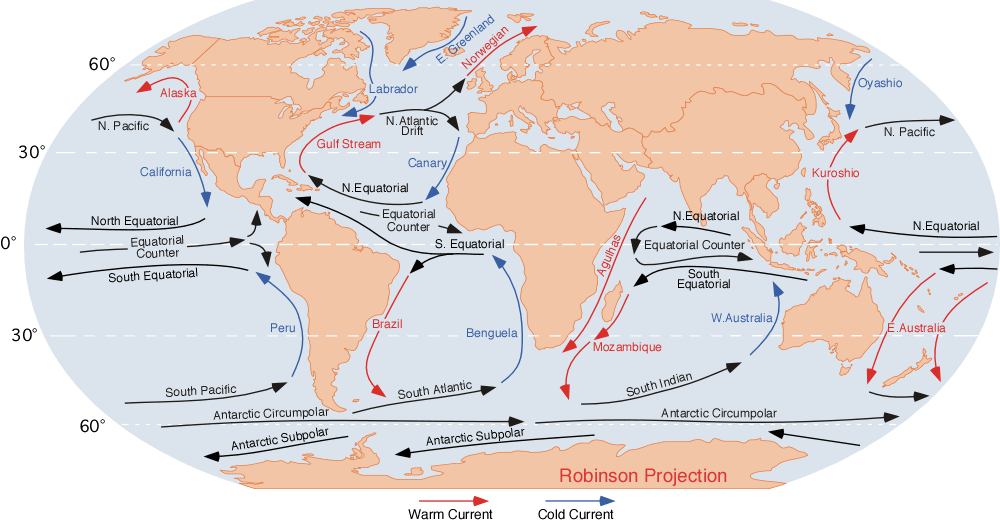Currents can be identified by their temperature, salinity, and density. Students identified which currents were warm and cold by looking at where they are coming from and then colored them appropriately.
 Next students learned more about how scientists learn about currents. Students practiced latitude and longitude by plotting some points of a cargo lost overboard and where some of the shipment washed up beaches, then they read articles and answered questions, and finished up by listening to a podcast interviewing Curtis Ebbesmeyer, the oceanographer who studies sneakers, rubber ducks, and other floating debris. You can listen to the podcast here.
Next students learned more about how scientists learn about currents. Students practiced latitude and longitude by plotting some points of a cargo lost overboard and where some of the shipment washed up beaches, then they read articles and answered questions, and finished up by listening to a podcast interviewing Curtis Ebbesmeyer, the oceanographer who studies sneakers, rubber ducks, and other floating debris. You can listen to the podcast here.In the interview, and in the readings, gyres full of floating plastic debris are discussed. Here is a map showing some of the locations of these gyres. Click on the picture to get a larger view. Here is an excellent website with more information and some nifty graphics. We will continue to discuss this in class.




No comments:
Post a Comment